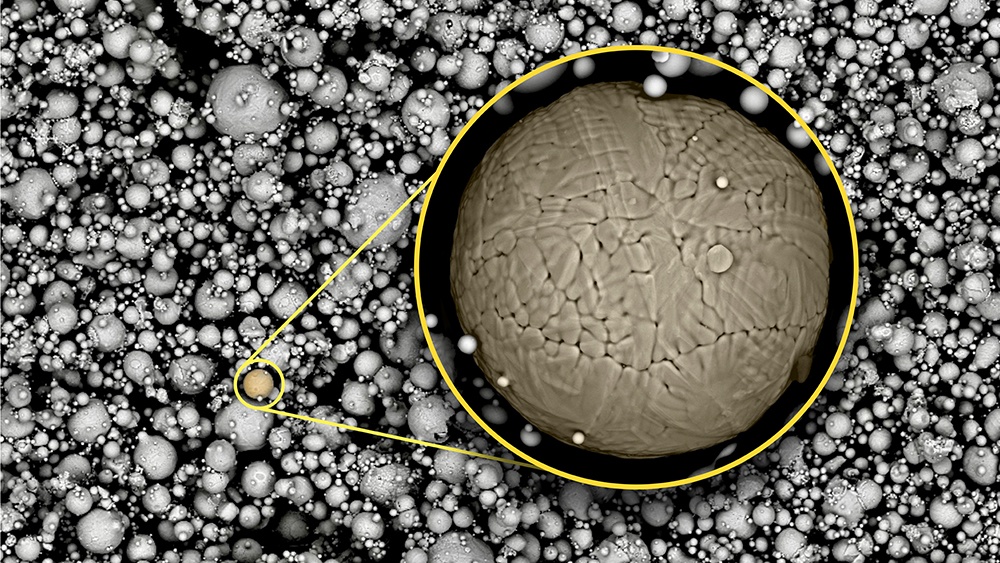Researchers from Texas A&M University and the US Air Force Research Laboratory have developed guidelines to improve 3D printing parts made with martensitic steels.
According to the organizations, martensite steels are formed when steels are heated to extremely high temperatures and then rapidly cooled. The sudden cooling unnaturally confines carbon atoms within iron crystals, giving the material more strength, making it suitable for applications in the aerospace, automotive and defense industries.
‘Strong and tough steels have tremendous applications but the strongest ones are usually expensive – the one exception being martensitic steels that are relatively inexpensive, costing less than a dollar per pound,’ said Ibrahim Karaman, head of the Department of Materials Science and Engineering. ‘We have developed a framework so that 3D printing of these hard steels is possible into any desired geometry and the final object will be virtually defect-free.’
While additive manufacturing (AM) can produce the complex parts required, 3D printing martensitic steels using lasers can introduce unintended defects in the form of pores within the material.

‘Porosities are tiny holes that can sharply reduce the strength of the final 3D-printed object, even if the raw material used for the 3D printing is very strong,’ Karaman said. ‘To find practical applications for the new martensitic steel, we needed to go back to the drawing board and investigate which laser settings could prevent these defects.’
Karaman and the Texas A&M team first chose an existing mathematical model used in welding to predict how a single layer of martensitic steel powder would melt for different settings for laser speed and power. By comparing the type and number of defects they observed in a single track of melted powder with the model’s predictions, they were able to change their existing framework slightly so that subsequent predictions improved.
After a few such iterations, their framework could correctly forecast, without needing additional experiments, if a new, untested set of laser settings would lead to defects in the martensitic steel, according to the researchers.
‘Testing the entire range of laser setting possibilities to evaluate which ones may lead to defects is extremely time-consuming, and at times, even impractical,’ said Raiyan Seede, a graduate student in the College of Engineering and the primary author of the study. ‘By combining experiments and modeling, we were able to develop a simple, quick, step-by-step procedure that can be used to determine which setting would work best for 3D printing of martensitic steels.’
Seede also noted that although their guidelines were developed to ensure that martensitic steels can be printed devoid of deformities, their framework can be used to print with any other metal.
‘Although we started with a focus on 3D printing of martensitic steels, we have since created a more universal printing pipeline,’ Karaman added. ‘Also, our guidelines simplify the art of 3D printing metals so that the final product is without porosities, which is an important development for all type of metal additive manufacturing industries that make parts as simple as screws to more complex ones like landing gears, gearboxes or turbines.’
This story uses material from Texas A&M, with editorial changes made by Materials Today. The views expressed in this article do not necessarily represent those of Elsevier.



